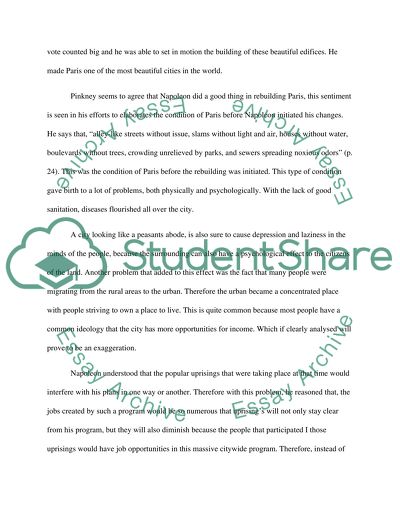Cite this document
(“Napoleon III & The Rebuilding of Paris Book Report/Review”, n.d.)
Retrieved from https://studentshare.org/geography/1434479-napoleon-iii-the-rebuilding-of-paris
Retrieved from https://studentshare.org/geography/1434479-napoleon-iii-the-rebuilding-of-paris
(Napoleon III & The Rebuilding of Paris Book Report/Review)
https://studentshare.org/geography/1434479-napoleon-iii-the-rebuilding-of-paris.
https://studentshare.org/geography/1434479-napoleon-iii-the-rebuilding-of-paris.
“Napoleon III & The Rebuilding of Paris Book Report/Review”, n.d. https://studentshare.org/geography/1434479-napoleon-iii-the-rebuilding-of-paris.


